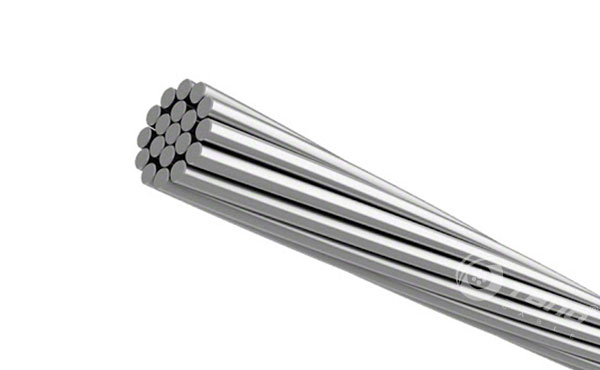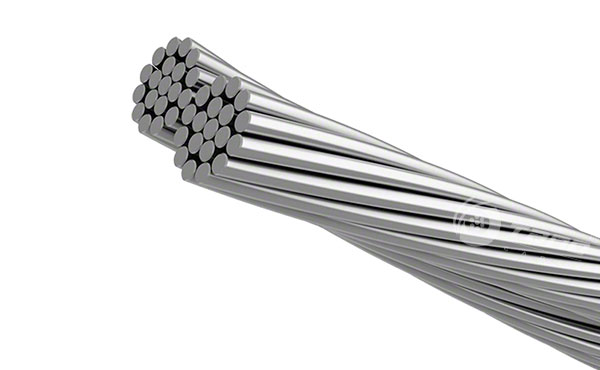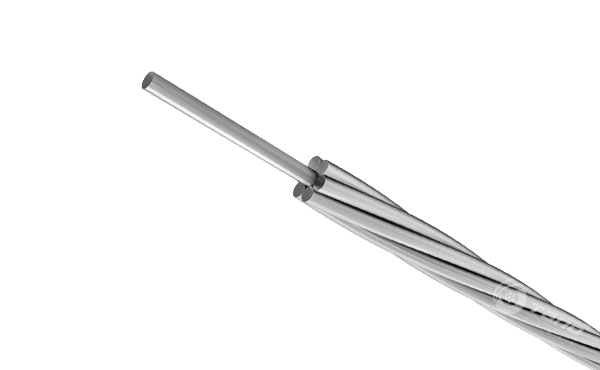24
Aug
What is the difference between conductor AAC AAAC and ACSR
Share:
In transmission and distribution systems, there are different types of aluminum conductors, The common ones are:-

. All Aluminium Conducts (AAC)
. All Alloy Aluminium Conductors (AAAC),
. Aluminium Conductors Steel Reinforced (ACSR)
. All Aluminium alloy conductor steel reinforced (AACSR).
These are used in Transmission and Distribution system to carry the generated electrical energy from the generating station to the end user. Because aluminum is cheaper, lighter and has similar resistance, the conductors used on transmission and distribution lines are usually aluminum.
Between AAC, AAAC, and ACSR conductors, first difference is materials they are constructed from:-
The materials they are constructed from. AAC is manufactured from electrolytically refined aluminium with a99.7% minimum purity, AAAC is made from an Aluminium alloy, and ACSR contains a combination of Aluminium reinforced with Steel.
The second difference:
Their resistance to corrosion, which is important for the longevity of the cable. ACSR has a poorer resistance to corrosion, as it contains steel, which is prone to rust. AAAC and AAC have a better corrosion resistance, due to the fact that they are largely or completely aluminium. In an ACSR the galvanised steel core carries the mechanical load and the high purity aluminium carries the current.
So, AAAC is superior to ACSR conductors when used in overhead distribution system.
The national government is constantly working to make electricity available to every corner of the country. The need to develop the industry has led to a significant development of the power transmission network. This initiative has significantly increased the demand and scope of conductors and boosted the business of conductor manufacturing.
For more information, please visit https://www.tanocable.com/products/bare-conductor/
Previous article:







